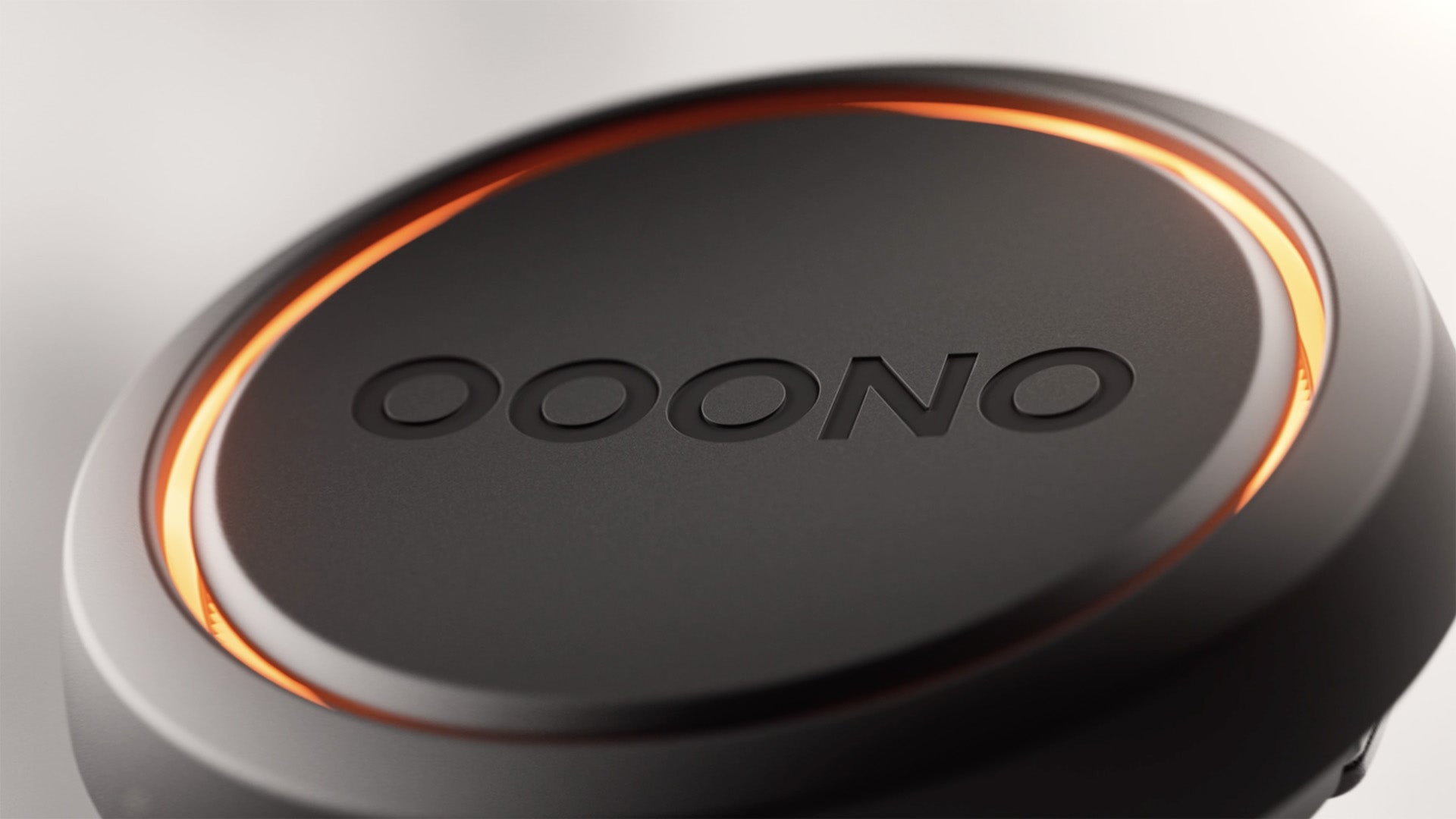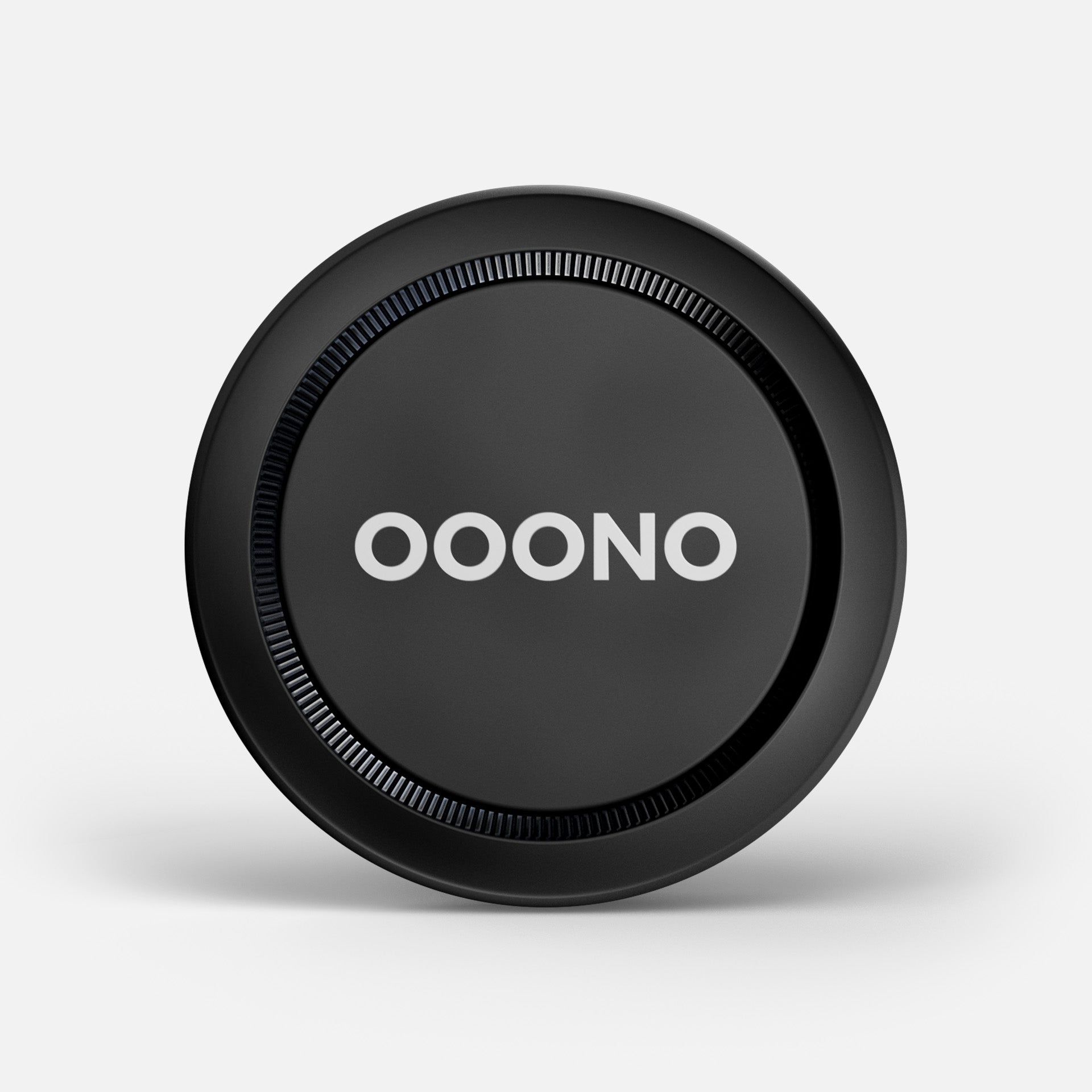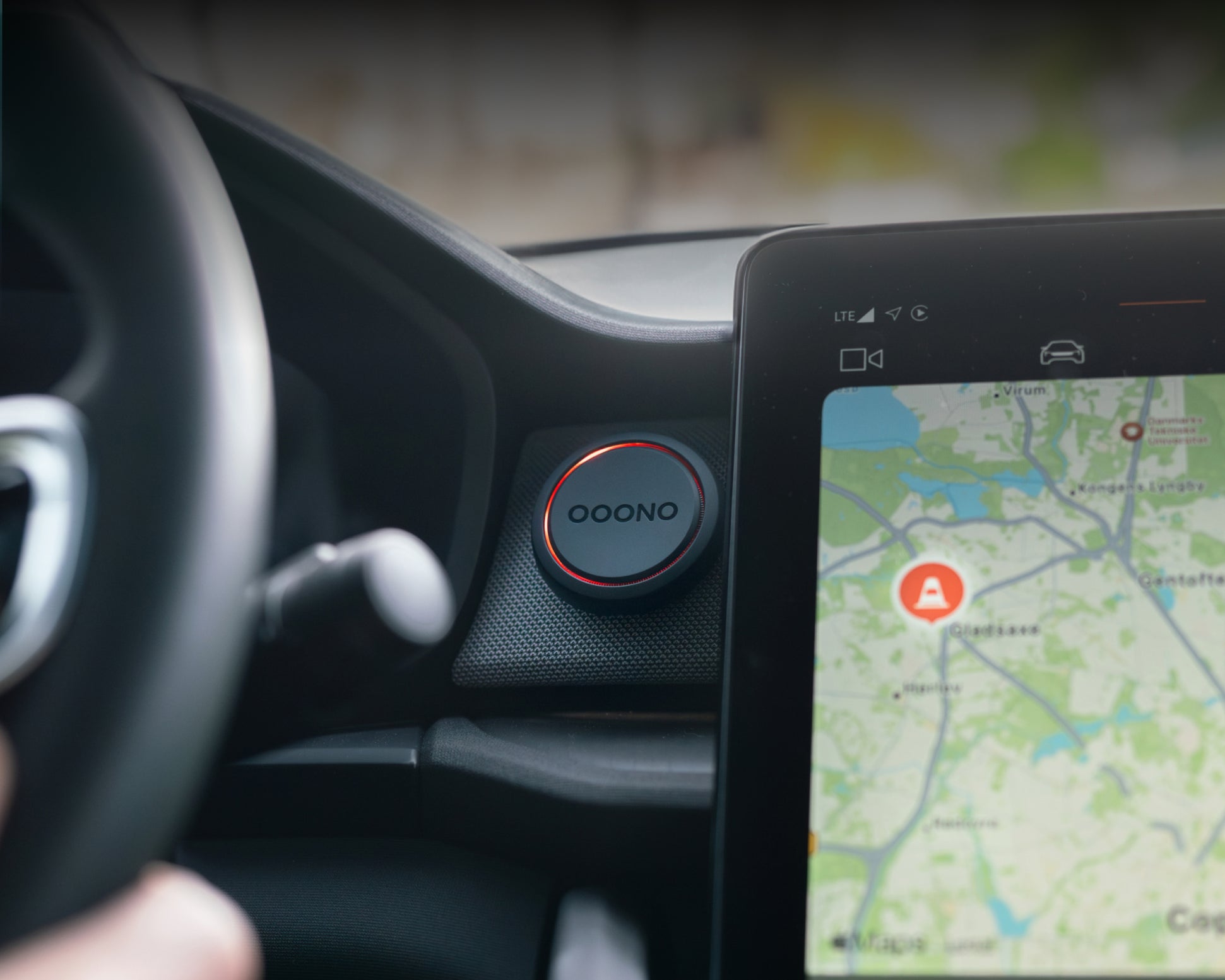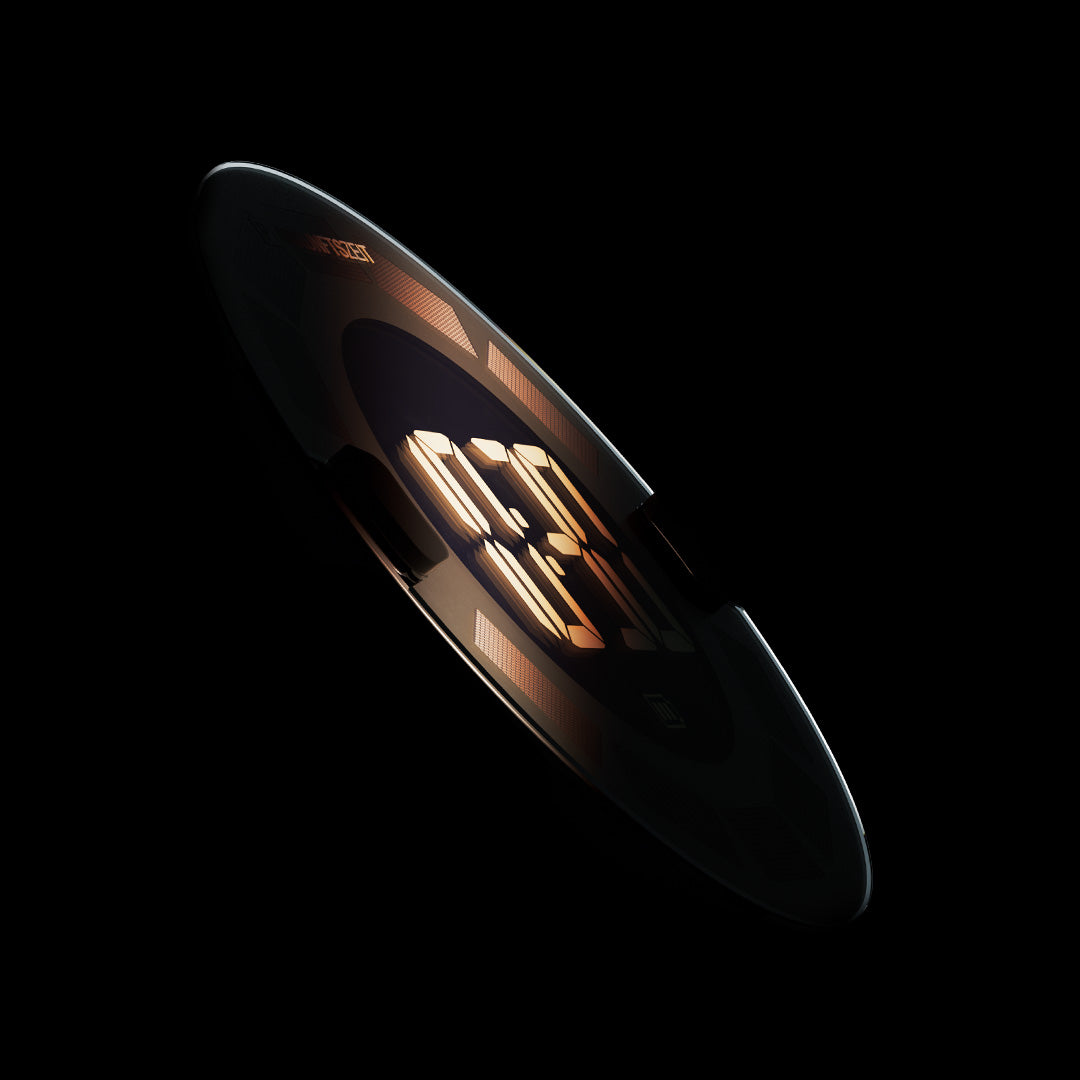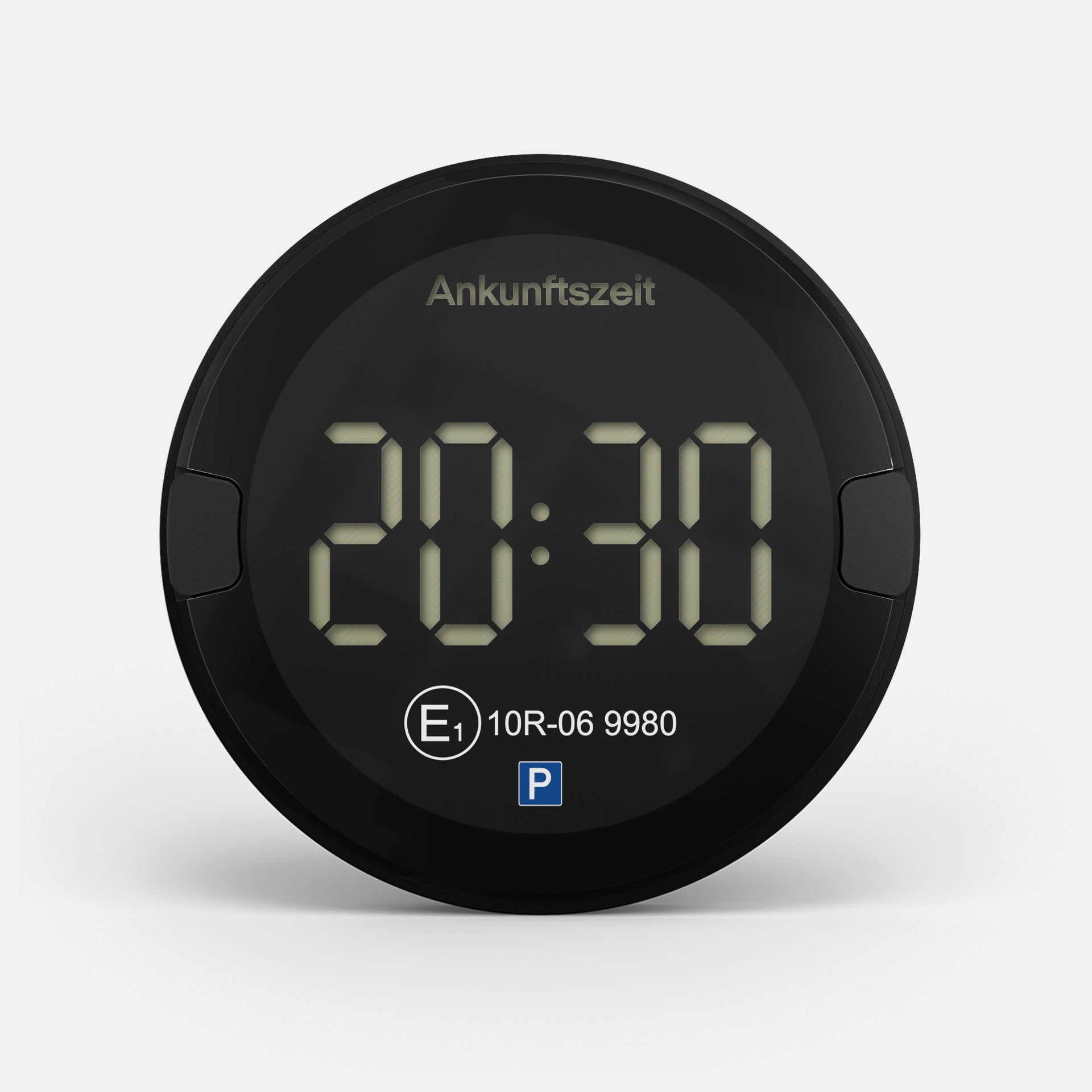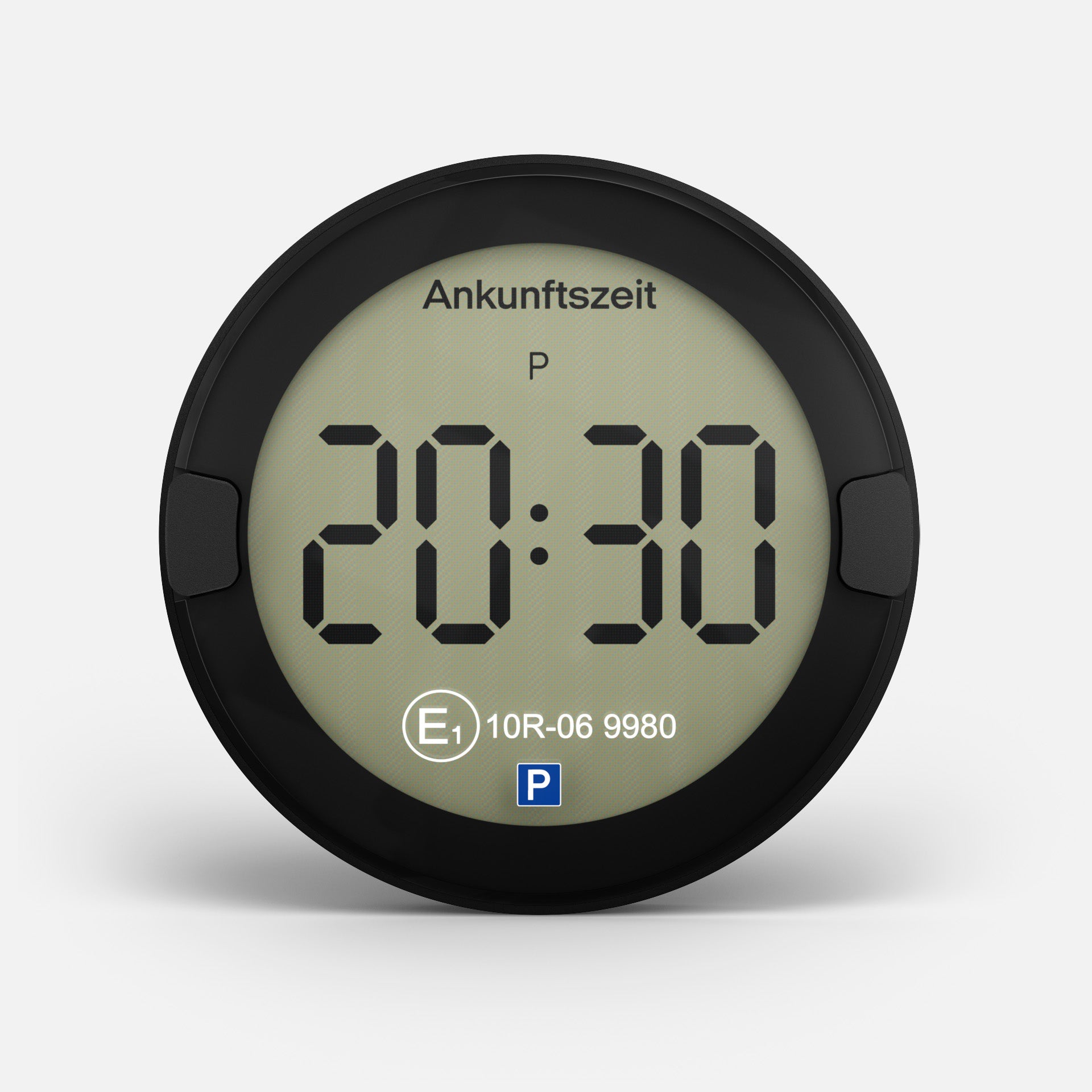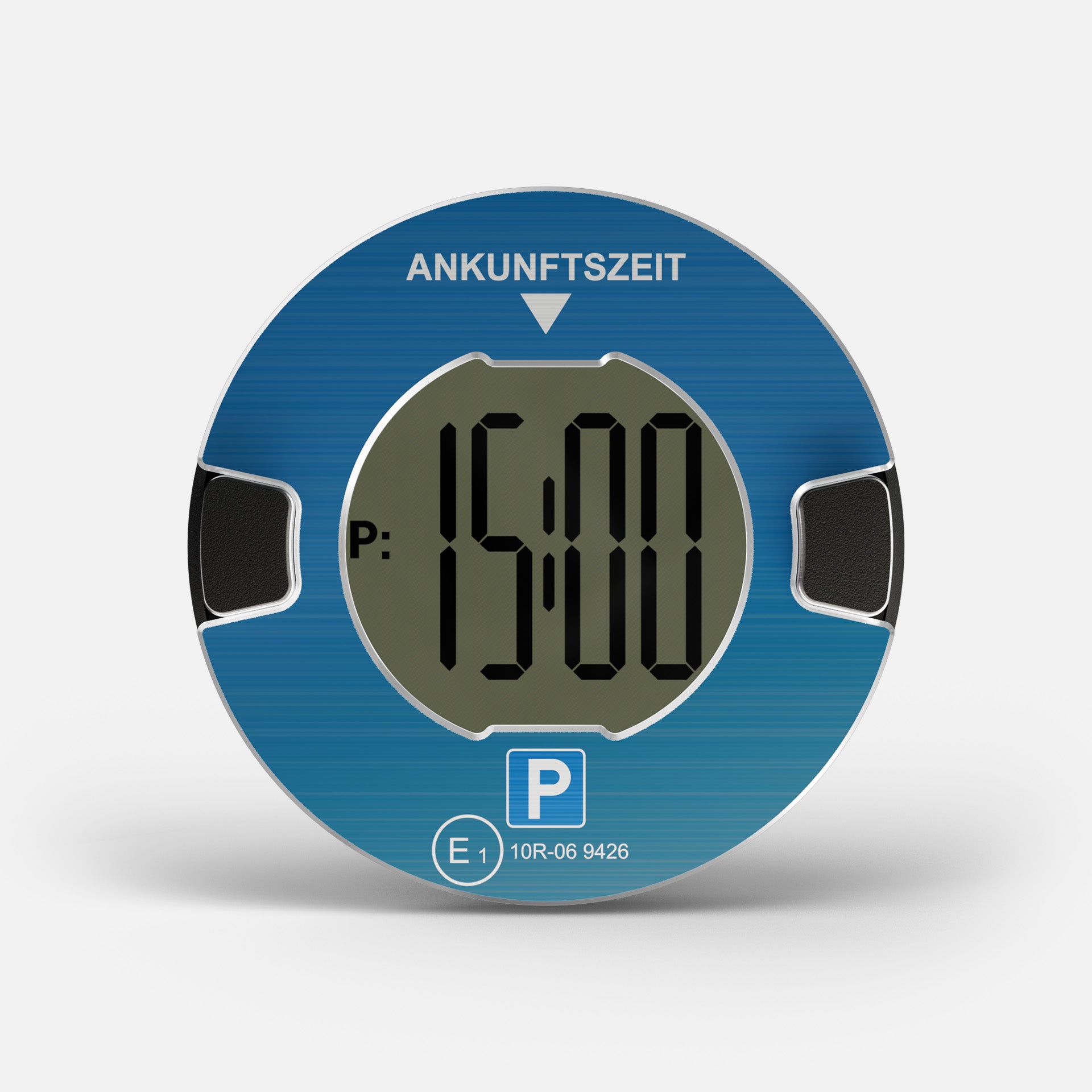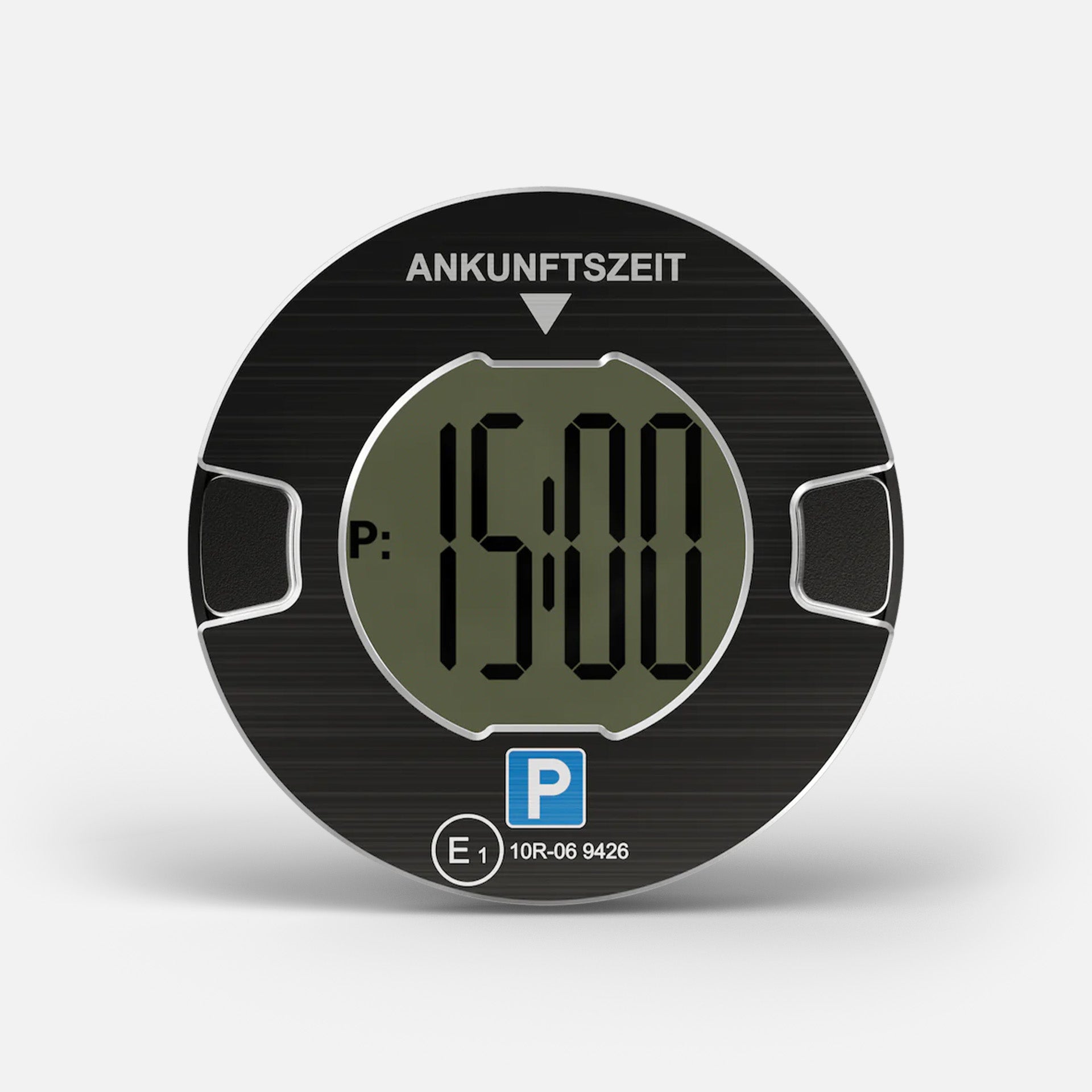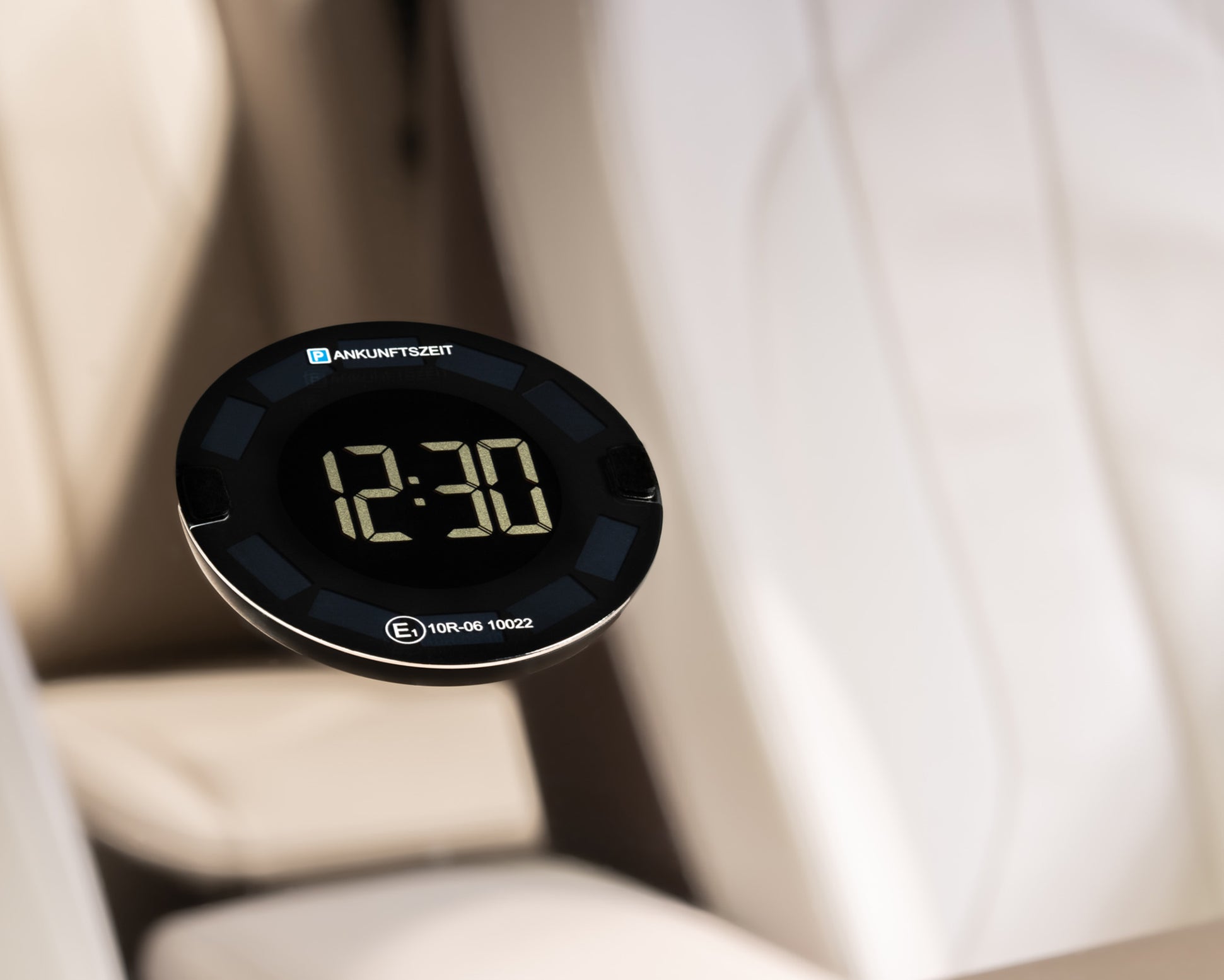The unwritten rules of communicating while driving
Going back in time, whenever you noticed something on the road or along your way, you would typically let other drivers know by honking the horn or flashing the lights—and good on you. Helping each other in traffic indeed makes a difference concerning safety and dangerous situations.
The unwritten rules of communicating while driving were typically enforced when somebody, maybe you, would notice something off, something different, something that other drivers would need to be aware of. And then, often without thinking about it, you would let your fellow drivers know by, e.g. flashing your lights. But, times have changed.
Before the rise of the Internet and digitized communication honking the horn or flashing the lights were the preferred way of helping others. But digitized communication and GPS tracking have created a whole new and different ball game for drivers and tech companies wishing to make driving easier and more convenient. It might come as a surprise to you, but car-to-car communication development is somewhat undiscovered territory. So, where did people go? Facebook Groups.
Traffic information in Facebook Groups?
Yep. That was a thing. It actually still is a thing. Believe it or not. Before the rise of the small and innovative co-driver devices, people would go to Facebook Groups and warn other drivers about dangerous situations on the roads near them. Anything from a wounded animal to car crashes. That, however, introduced another problem: You would have to be on your phone or in front of your computer to obtain the knowledge one other driver had observed. Not a great solution. Quite the opposite, in fact. And as digitized communication has changed the way we live, more digitized solutions are introduced into our lives, making anything from driving to parking easier and more convenient.
It is no secret: as a tech company focused on helping drivers get from a to b without worrying about anything but driving, we thought deeply about how to introduce the unwritten rules of communicating while driving into your products. When we introduced the first OOONO CO-DRIVER back in 2017, we knew that people should get used to the small device and its *beeps*.

But can a small device really change the way we communicate in traffic?
And what about the unwritten rules we are talking about in this article? Well. To be frank. It is straightforward. We believe that the unwritten rules are there to stay. They will not change. It is a part of us as human beings, we help each other when we can. We do, however, also believe that car-to-car communication can be done in a smooth and non-distracting way.
A discrete *beep* is all it takes. That is a simplified version of how the OOONO CO-DRIVER helps drivers communicate without honking the horn or flashing the lights. Yet, it is always the truth. The OOONO CO-DRIVER is complicated technology made simple and accessible to all drivers (who purchase the device). It only has one button, yet it connects millions of drivers across Europe.
How is that possible, you might ask. We rely on you to provide the information. Then, without you doing anything, you distribute the information among your fellow drivers. If you see a broken-down car along route 5 in France, you can let your fellow drivers know simply by pressing the button. Back in the day, you would have no option to let other drivers know—as you are most likely driving around 130 km/h on the autoroute, as you say in French.
Always in the know
Without using your smartphone or being forced to visit Facebook Groups, you rely on yourself and other drivers. That is the simple truth. We have done so for decades. But by embracing modern technology, and by pressing the small button, you can make a difference to your fellow drivers—and your fellow drivers will make a difference to you. At OOONO, we describe it as being in the know. You always know if something is lurking ahead—even when your fellow drivers do not honk the horn or flash their lights. Beautiful? We think so.
